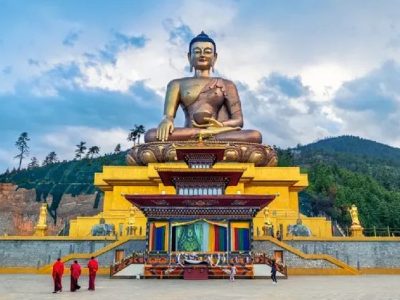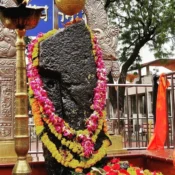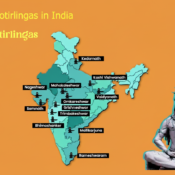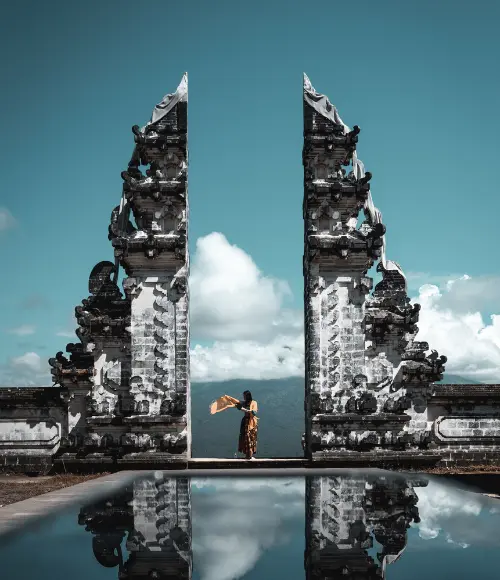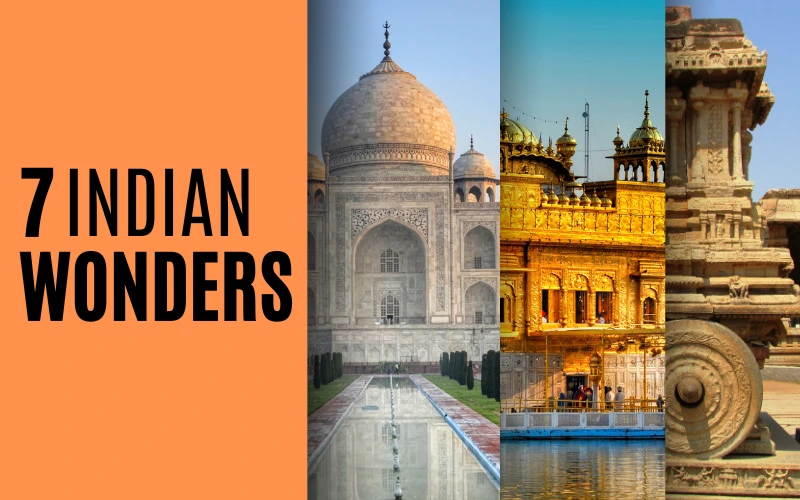
7 Wonders of India
India is a country whose cultural and historical roots run deep and is home to some of the world’s most stunning architectural wonders. These seven wonders of India listed below are stand-out examples of the country’s longstanding heritage, cultural depth, and artistic brilliance.
List of 7 Wonders of India
- Gomateshwara Statue, Shravanabelagola, Karnataka
- Golden Temple, Amritsar, Punjab
- Taj Mahal, Agra, Uttar Pradesh
- Hampi (Pampa-Kshetra), Vijayanagara, Karnataka
- Konark Sun Temple (Black Pagoda), Konark, Odisha
- Nalanda, Bihar
- Khajuraho Temples, Madhya Pradesh
1. Gomateshwara Statue, Shravanabelagola, Karnataka
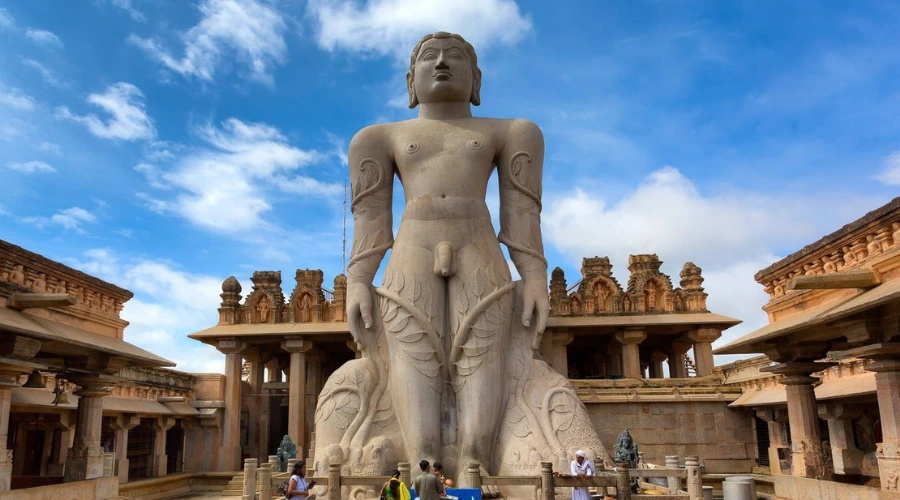
The soaring statue of Gommateshwara, standing 57 feet tall carved from a single granite block, is tucked away in the tranquil hills of Karnataka, and is a soaring representation of Jainism and of lord Bahubali. The statue dates back to 983 AD, symbolizing discipline, renunciation, and overcoming of one’s soul from material cravings. Believers cover the statue with sandalwood paste, saffron, and milk during the Mahamastakabhisheka festival, which occurs every 12 years.
Unique Facts:
- Due to its placement atop the Vindhyagiri hill, the statue is visible from a distance of several kilometers.
- It is revered as the tallest monolithic statue in the world.
- The Mahamastakabhisheka is a UNESCO-recognized Cultural heritage event.
2. Golden Temple, Amritsar, Punjab
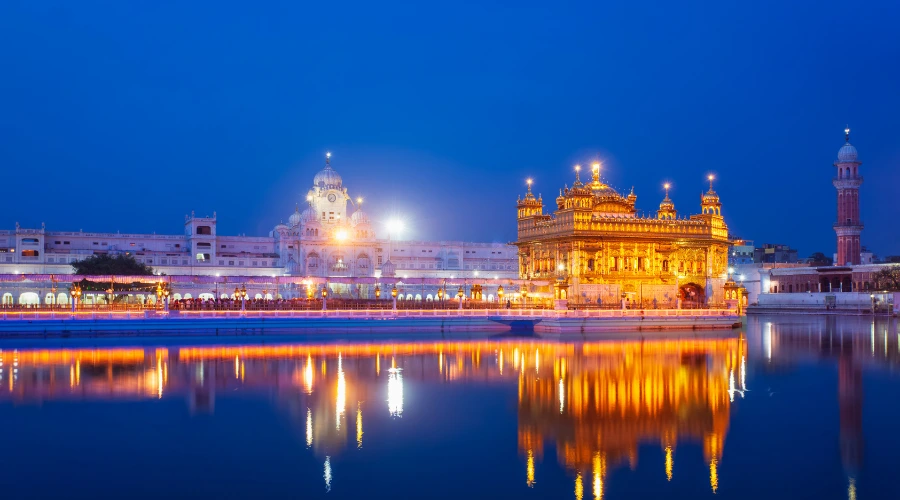
The beacon of spirituality, the most revered shrine in Sikhism, the Golden Temple with its magnificent architecture, gilded façade, and tranquil environs attract millions of tourists every year. The Temple’s Sanctum was built by Guru Arjan Dev in late 16th century. The temple is encircled by the Amrit Sarovar, a holy pool thought to have therapeutic qualities. The temple’s international appeal is highlighted by its harmonious fusion of Rajput and Mughal architecture, as well as its inclusive philosophy, which includes providing free meals at the largest community kitchen in the world.
Check out our Vaishnodevi tour package and book your tour now!
Unique Facts:
- Weighing closely to 750 kgs, the covering of the Golden Temple is entirely of gold.
- Over 100,000 meals are served daily to visitors regardless of their caste, creed, or religion.
3. Taj Mahal, Agra, Uttar Pradesh
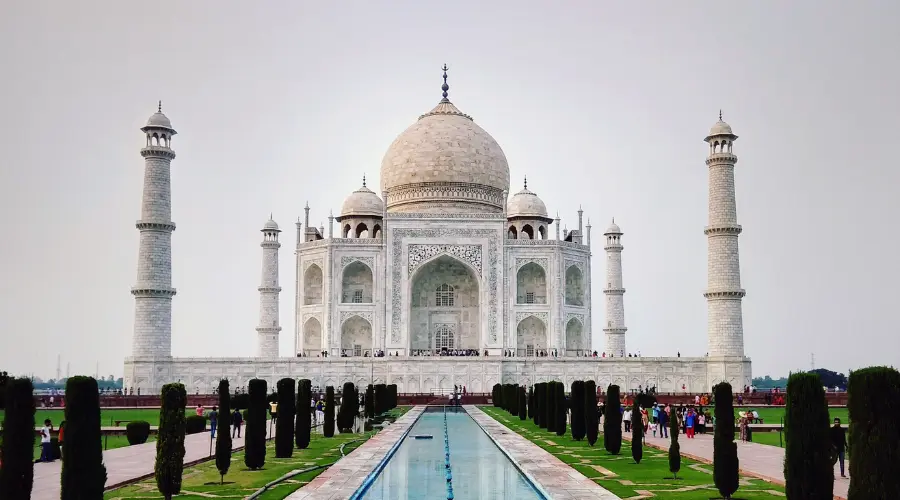
A UNESCO World Heritage Site, and one of the seven wonders of the world, the Taj Mahal, built by the emperor Shah Jahan in 1632. Constructed in full marble, the emperor dedicated this temple as a tribute to his beloved wife, Mumtaz Mahal. The Taj Mahal is a masterwork of Mughal architecture and a fine representation of beauty and love owning to its elaborate inlays, symmetrical design, and the captivating play of light on immaculate white surface.
Unique Facts:
- The white marble of the Taj Mahal changes color, depending on the time of day and moonlight.
- When it was being built, more than 1,000 elephants were utilized to move materials.
- The main gate’s calligraphy looks consistent from every perspective.
Visit one of the seven wonders of the world with our Golden triangle tour package
4. Hampi (Pampa-Kshetra), Vijayanagara, Karnataka
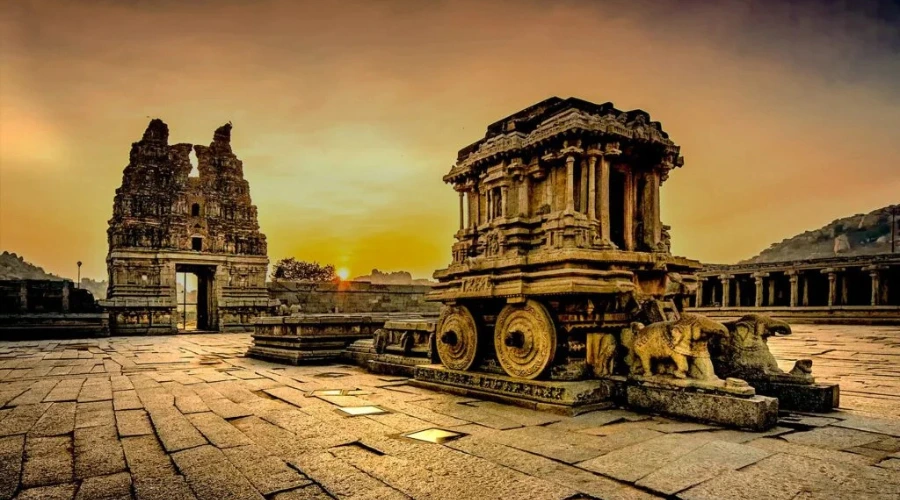
Once the capital of the mighty Vijayanagara Empire, Hampi is an ancient city rich in history, known for its expansive courtyards, and temples in the Dravidian style. Vittala Temple with its famous stone chariot, and Virupaksha Temple stand as proof of the magnificence of this once-thriving metropolis.
Unique Facts:
- The stone chariot at Vittala Temple is featured on India’s 50-rupee currency note.
- Hampi’s landscape is dotted with over 1,600 surviving monuments, including temples, forts, and aqueducts.
- The city was one of the wealthiest in the world during its peak in the 15th century.
5. Konark Sun Temple (Black Pagoda), Konark, Odisha
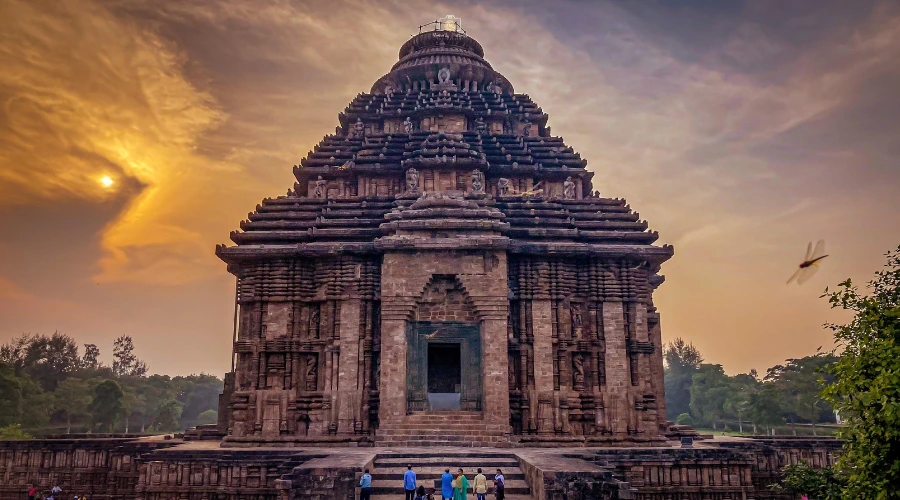
An architectural wonder devoted to Surya, the Sun God, is the Konark Sun Temple. This temple, which was constructed in the 13th century by King Narasimhadeva I, is shaped like a gigantic chariot and has elaborately carved wheels and horses. The temple is a UNESCO World Heritage Site and is frequently referred to as the “Black Pagoda” because of its gloomy aspect. Its sculptures, which highlight the artistic genius of ancient India, illustrate scenes of everyday life, celestial beings, and legendary animals.
Unique Facts:
- The temple’s 24 wheels symbolize the hours of a day, with intricate carvings denoting minute details.
- It is designed to align with the first rays of the sun, illuminating the sanctum.
- The structure features magnetic lodestones, believed to have held the temple’s central idol floating mid-air.
Sai Shishir Tours offers the best Puri Jagannath tour package. Visit our site and know more about what we offer.
6. Nalanda, Bihar
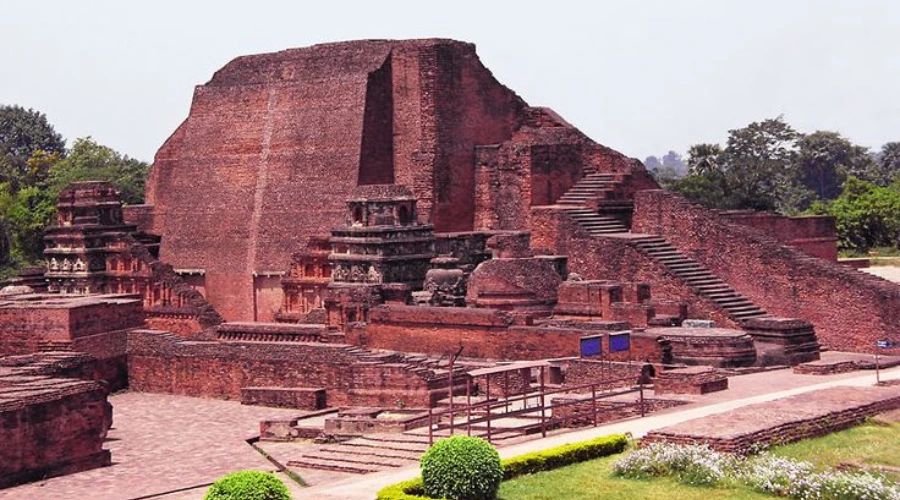
Nalanda, an ancient center of learning, was one of the world’s first residential universities. Established in the 5th century AD, it attracted scholars from across Asia, including China, Korea, and Central Asia. The ruins of Nalanda, now a UNESCO World Heritage Site, include stupas, monasteries, and lecture halls that speak of its glorious past. The library, known as Dharmaganja, was a treasure trove of knowledge, containing thousands of manuscripts. Nalanda remains a testament to India’s rich intellectual and educational heritage.
Unique Facts:
- The library at Nalanda was so vast that when it was set on fire by the invaders, it is said to have burned for 3 whole months.
- Xuanzang, a Chinese traveler, spent years at Nalanda, documenting its teachings and culture.
- It housed over 10,000 students and 2,000 teachers at its peak.
- Nalanda’s architectural layout was meticulously planned, with dormitories, meditation halls, and lecture spaces.
7. Khajuraho Temples, Madhya Pradesh
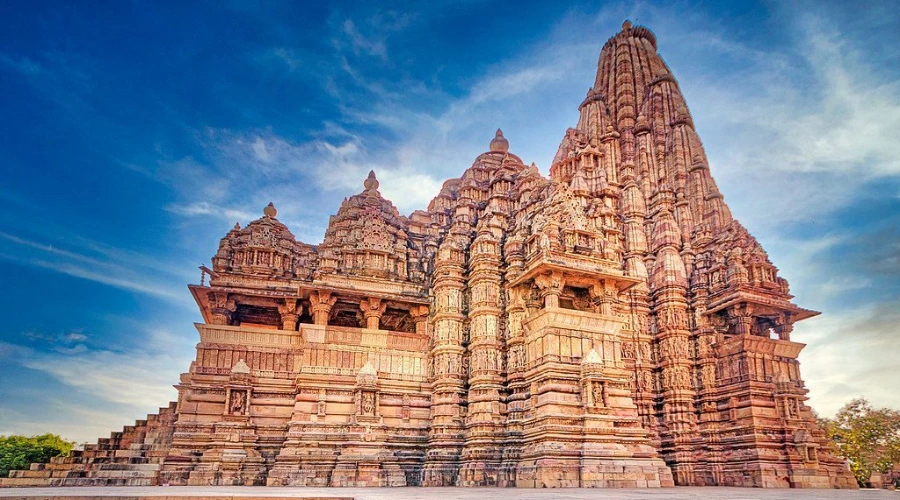
A UNESCO World Heritage Site, the Khajuraho Group of Monuments is well-known for its magnificent temples with elaborate sculptures. Constructed by the Chandela dynasty between 950 and 1050 AD, these temples are renowned for their elaborate artwork and beautiful representations of human emotions, highlighting themes of spirituality, love, and daily life.
Unique Facts:
- Although they make up a very minor portion of the carvings, the temples are well-known for their sensual sculptures, which emphasize the acceptance of physical love as a necessary component of existence.
- Only 22 of the original 85 temples have withstood the test of time.
- After decades of being obscured by thick vegetation, the temples were rediscovered in the 19th century.
- In order to welcome the first rays of the rising sun, each temple faces east, signifying illumination and awakening.
Conclusion
In addition to being architectural wonders, the Seven Wonders of India represent the nation’s rich cultural and spiritual diversity. Every wonder narrates a different tale, providing insight into the customs, ideologies, and creative inventiveness of the times in which they were constructed. These landmarks promise an unforgettable trip through India’s ageless legacy, whether you’re looking for spiritual comfort, historical insights, or just plain aesthetic enjoyment.


